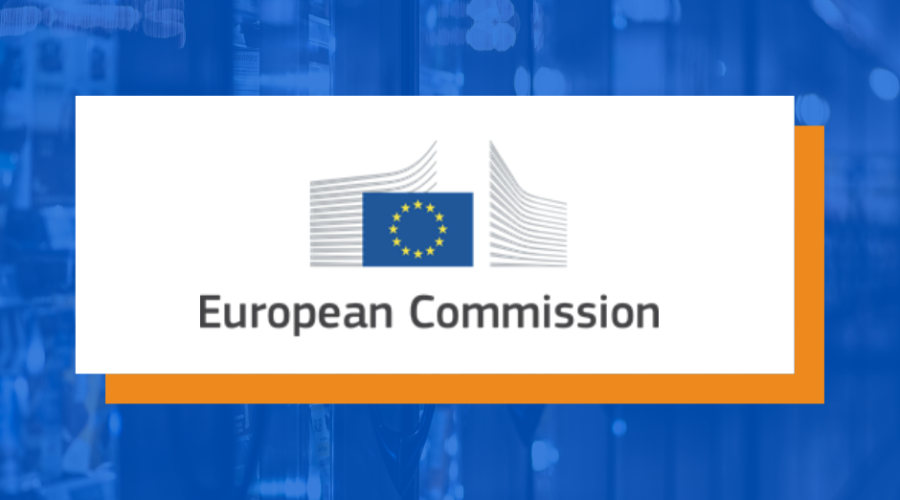[Denmark] 2020/228/DK – Bill amending the Act on the ban on tobacco advertising / Act on tobacco products / Act on electronic cigarettes /
Introduction
Title
Bill amending the Act on the ban on tobacco advertising etc., Act on tobacco products etc., Act on electronic cigarettes etc. and various other acts (Implementation of the national action plan against smoking by children and young people)
Products Concerned
S00S – HEALTH, MEDICAL EQUIPMENT
Notification Under Another Act
– Directive 2014/40/EU of the European Parliament and of the Council of 3 April 2014 on the approximation of the laws, regulations and administrative provisions of the Member States concerning the manufacture, presentation and sale of tobacco and related products and repealing Directive 2001/37/EC – Article 24(2) and (3)
Main Content
– Display ban:
tobacco products, tobacco substitutes and electronic cigarettes are not to be visible to consumers at points of sale, including on the Internet, until a customer specifically requests them. This does not however apply to:
physical shops that specialise in the sale of cigars, pipes and pipe tobacco respectively, and the sale of electronic cigarettes:
– Stricter ban on advertising and sponsorship:
all forms of direct and indirect advertising and sponsorship are banned and, as an additional element, tobacco substitutes and herbal products for smoking are also covered by the ban.
– Standardised packaging:
all tobacco products, herbal products for smoking and electronic cigarettes must have a uniform appearance. This does not however apply to cigars, pipe tobacco and pipes. The standardisation means, among other things, that the manufacturer and product name must appear in a standardised way, that logos must not stand out and that the colour etc. of the packaging must be standardised. Standardisation can limit the advertising effect of the packaging.
– Smoke-free school time:
to avoid school pupils being confronted with smoking etc. during school hours, it is proposed that school time should be smoke-free in all primary schools, boarding schools, continuation schools and upper secondary education facilities.
– Smoke-free properties:
upper secondary education facilities including children and young people under 18 years of age and not covered by the current requirements for smoke-free properties are proposed to be included.
– Ban on the sale of tobacco, tobacco substitutes, herbal products for smoking and electronic cigarettes and refill containers with and without nicotine in primary schools, boarding schools, continuation schools and upper secondary education facilities.
– Ban on flavourings in tobacco products and electronic cigarettes:
the sale of electronic cigarettes etc. with characteristic flavours other than the taste of tobacco and menthol is banned. The same is proposed for those tobacco products that are not already covered by the ban on characteristic flavours, although not for pipe tobacco and cigars or herbal products for smoking.
– Regulation of tobacco substitutes (nicotine products):
not previously regulated in Danish law, but proposed to be covered by the same regulation as tobacco products with respect to, for example, advertising regulations, age limits, etc. Requirements are also proposed on health warnings on the packaging in line with the current regulations for electronic cigarettes.
– Age control system and stricter penalty levels:
requirements are laid down for all retailers marketing over the Internet to ensure a system that effectively verifies the age of the purchaser, and the penalty of breaching the age limit is proposed to be made stricter.
– Registration scheme for retailers of electronic cigarettes and refill containers with and without nicotine, registration scheme for tobacco substitutes and refill containers without nicotine.
– Stricter penalties for breaches of the Act on smoke-free environments.
– Easier access for municipalities to provide free smoking cessation medication.



